Turtles, one of Earth’s most ancient lineages of reptiles, have survived for over 200 million years, witnessing the rise and fall of dinosaurs and countless climatic shifts. Yet today, nearly 61% of all turtle species are threatened with extinction or already extinct. These remarkable creatures face unprecedented challenges from habitat destruction, climate change, pollution, and exploitation for food, traditional medicine, and the pet trade. Despite their resilience through geological ages, many turtle species now teeter on the brink of oblivion, with conservation efforts becoming increasingly urgent. This article explores eight critically endangered turtle species and examines the innovative conservation strategies being implemented worldwide to ensure these living fossils continue to inhabit our planet for generations to come.
Hawksbill Sea Turtle: Jewels of the Ocean Under Threat

The Hawksbill sea turtle (Eretmochelys imbricata), recognizable by its distinctive pointed beak and beautiful amber-colored shell with overlapping scutes, faces critical endangerment primarily due to the illegal tortoiseshell trade. These marine reptiles, which can weigh up to 150 pounds, play a vital ecological role in maintaining the health of coral reefs by feeding on sponges that would otherwise outcompete reef-building corals. Conservation efforts include international trade bans through CITES (Convention on International Trade in Endangered Species), establishment of protected nesting beaches in countries like Costa Rica and Australia, and satellite tracking programs that help scientists understand their complex migration patterns. The Wider Caribbean Sea Turtle Conservation Network (WIDECAST) has implemented community-based monitoring programs that employ former turtle hunters as beach patrollers, transforming them from harvesters to protectors of these magnificent creatures.
Yangtze Giant Softshell Turtle: On the Precipice of Extinction

The Yangtze Giant Softshell Turtle (Rafetus swinhoei) represents one of the most critically endangered turtle species on Earth, with only three known individuals remaining after the death of the last known female at Suzhou Zoo in China in 2019. These massive freshwater turtles, which can reach lengths of over three feet and weigh up to 220 pounds, once thrived throughout the Yangtze River basin and parts of Vietnam. Conservation efforts have shifted to a desperate search for remaining individuals in the wild, with environmental DNA sampling of lakes and rivers within their historic range offering a glimmer of hope.
Scientists at the Suzhou Zoo continue captive breeding attempts with artificial insemination of the remaining female specimens discovered, while habitat protection measures have been implemented throughout potential range areas. The Chinese government has also increased penalties for poaching this iconic species, recognizing its immense cultural and ecological significance.
Kemp’s Ridley Sea Turtle: Small Size, Enormous Challenges

The Kemp’s Ridley sea turtle (Lepidochelys kempii), the smallest and most endangered sea turtle species, faces a precarious future despite showing modest population increases in recent decades. Known for their unique daytime mass-nesting behavior called “arribadas,” these turtles nest almost exclusively on a single beach in Rancho Nuevo, Mexico, making them exceptionally vulnerable to localized threats. Conservation initiatives include binational protection agreements between Mexico and the United States, establishment of the Padre Island National Seashore as a protected nesting area, and mandatory Turtle Excluder Devices (TEDs) in commercial fishing nets to prevent accidental drownings.
The 2010 Deepwater Horizon oil spill dealt a significant setback to recovery efforts, contaminating critical feeding grounds in the Gulf of Mexico and highlighting the species’ vulnerability to environmental disasters. Community education programs in coastal Mexican communities have transformed local attitudes, with former egg harvesters now serving as guardians who protect nests during the crucial incubation period.
Ploughshare Tortoise: Combating the Exotic Pet Trade
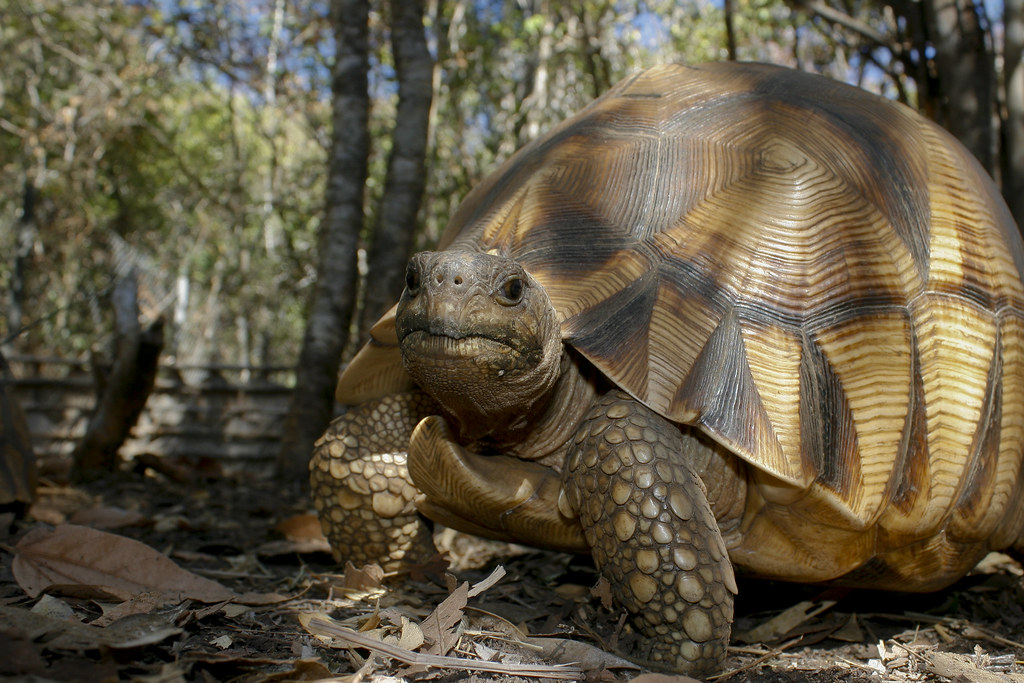
The Ploughshare tortoise (Astrochelys yniphora) from Madagascar represents a tragic example of how the exotic pet trade can drive a species to the brink of extinction. With fewer than 100 individuals remaining in the wild, these distinctive golden-domed tortoises with a protruding gular scute (resembling a ploughshare) have become among the most valuable and heavily trafficked reptiles in the world, fetching prices exceeding $50,000 on black markets. Conservation organizations like the Durrell Wildlife Conservation Trust have established captive breeding facilities in Madagascar, with strategic release programs in protected areas accompanied by community rangers who monitor the animals.
An innovative approach involves engraving identification codes directly onto the shells of wild tortoises, rendering them less valuable to collectors while allowing conservationists to track individuals. Educational initiatives in Madagascar focus on developing pride in this endemic species, while international law enforcement agencies have increased coordination to dismantle smuggling networks that target these critically endangered tortoises.
Bog Turtle: North America’s Smallest Turtle Faces Habitat Loss

The Bog Turtle (Glyptemys muhlenbergii), North America’s smallest turtle at just 4 inches long, has disappeared from over 90% of its historic range due to wetland drainage, development, and agricultural conversion. These tiny turtles, instantly recognizable by the bright orange patches on either side of their head, depend on specialized spring-fed wetlands with a delicate balance of open canopy, shallow water, and soft substrate. Conservation strategies include the establishment of the Bog Turtle Recovery Program, which designates critical habitat areas and coordinates protection efforts across the turtle’s fragmented range in the northeastern United States.
Innovative habitat management techniques include strategic grazing programs using cattle or goats to maintain the early successional wetland habitats these turtles require, preventing woody vegetation from overtaking their preferred open meadow wetlands. Private landowner incentive programs offer financial support to farmers who protect bog turtle habitat on their properties, recognizing that over 95% of remaining populations occur on private lands.
Western Swamp Turtle: Adapting to Climate Change

The Western Swamp Turtle (Pseudemydura umbrina), Australia’s rarest reptile, illustrates the complex challenges posed by climate change to specialized species with restricted ranges. Endemic to a tiny region of southwestern Australia, these small freshwater turtles depend on seasonal swamps that fill during winter rains and dry completely during summer—a hydrological pattern increasingly disrupted by climate change and groundwater extraction. Conservation efforts include the groundbreaking establishment of “assisted colonization” sites, where turtles are being experimentally relocated to more southern wetlands predicted to maintain suitable conditions as the climate warms.
The Perth Zoo has maintained a successful captive breeding program since the 1980s, producing over 800 turtles for release and helping the wild population increase from fewer than 50 individuals to several hundred today. Sophisticated wildlife corridor planning ensures genetic connectivity between isolated populations, while innovative aestivation tunnels provide artificial refuges during dry periods when natural burrows may be insufficient.
Burmese Roofed Turtle: Back from the Brink

The Burmese Roofed Turtle (Batagur trivittata), once believed extinct until rediscovered in 2002, represents one of conservation’s most remarkable success stories despite ongoing challenges. These large river turtles, characterized by their domed shells and males’ dramatic breeding coloration of white heads with black markings, had disappeared from Myanmar’s major river systems due to overharvesting of eggs, adult collection, and hydroelectric dam construction. A coordinated conservation program established by the Wildlife Conservation Society and the Turtle Survival Alliance includes round-the-clock protection of nesting beaches, headstarting of hatchlings in protected facilities, and community education programs in riverside villages.
The captive population has grown from just a handful of individuals to over 1,000 turtles today, with carefully managed releases beginning to reestablish wild populations in protected river segments. Innovative “turtle banks” allow local communities to derive sustainable income from protection efforts rather than exploitation, creating economic incentives aligned with conservation goals.
Black Softshell Turtle: Sacred Status as Conservation Tool

The Black Softshell Turtle (Nilssonia nigricans) demonstrates how cultural and religious values can be harnessed for conservation purposes in unique circumstances. Once believed extinct in the wild, these distinctive softshell turtles survive primarily in the temple ponds of Bangladesh and India, particularly in the Hayagriva Madhava Temple in Assam, where they are considered sacred and have been protected by religious customs for centuries. Conservation initiatives include collaborative programs between temple authorities and wildlife organizations to improve pond conditions, provide better nutrition to the temple turtles, and establish genetic management protocols to maintain diversity in the captive populations.
A groundbreaking temple-to-wild reintroduction program has begun releasing captive-bred turtles from temple stock into protected areas of the Brahmaputra River system, their natural habitat. Community conservation efforts engage local fishing communities as stakeholders, employing their traditional knowledge while providing alternative livelihoods to reduce pressure on wild populations.
The Role of Modern Technology in Turtle Conservation

Cutting-edge technological innovations have revolutionized turtle conservation efforts worldwide, providing unprecedented insights into these elusive creatures’ lives. Satellite telemetry has transformed our understanding of sea turtle migration, revealing previously unknown feeding grounds and migration corridors that require international protection. Environmental DNA (eDNA) sampling allows scientists to detect the presence of rare freshwater turtles by analyzing water samples for genetic material, eliminating the need for invasive capture methods in sensitive populations.
Drone technology enables efficient monitoring of remote nesting beaches and detection of illegal fishing activities in marine protected areas, while specialized incubators with temperature control systems help conservation programs adapt to climate change by ensuring optimal sex ratios in captive breeding efforts. Sophisticated genetic analysis techniques guide breeding programs to maximize genetic diversity in small populations, preventing the inbreeding depression that threatens many critically endangered turtle species with extinction.
Community-Based Conservation: Engaging Local Stakeholders
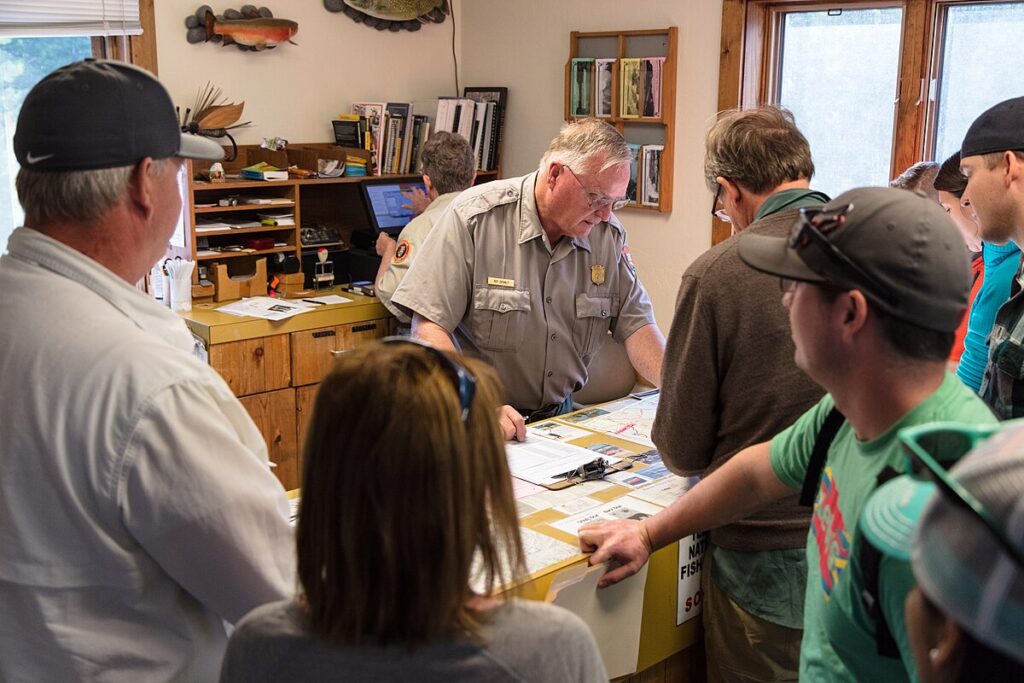
The most successful turtle conservation programs recognize that long-term survival of endangered species depends on meaningful engagement with the communities that share their habitat. Initiatives like Nicaragua’s “Proyecto Tití” employ former turtle egg collectors as beach patrollers, providing alternative livelihoods while leveraging their intimate knowledge of turtle nesting behavior for conservation purposes. Economic incentive programs in Southeast Asia help transform turtle consumption from a status symbol to a socially unacceptable practice through targeted awareness campaigns and community pride initiatives.
Innovative conservation agreements in Africa provide communities with healthcare, education, or infrastructure improvements in exchange for verifiable protection of turtle habitat, creating direct connections between human wellbeing and environmental stewardship. Indigenous knowledge integration has proven particularly valuable in Australia, where Aboriginal rangers contribute traditional ecological understanding to Western scientific approaches, creating more effective and culturally appropriate conservation strategies for threatened freshwater turtles.
Legal Frameworks and International Cooperation
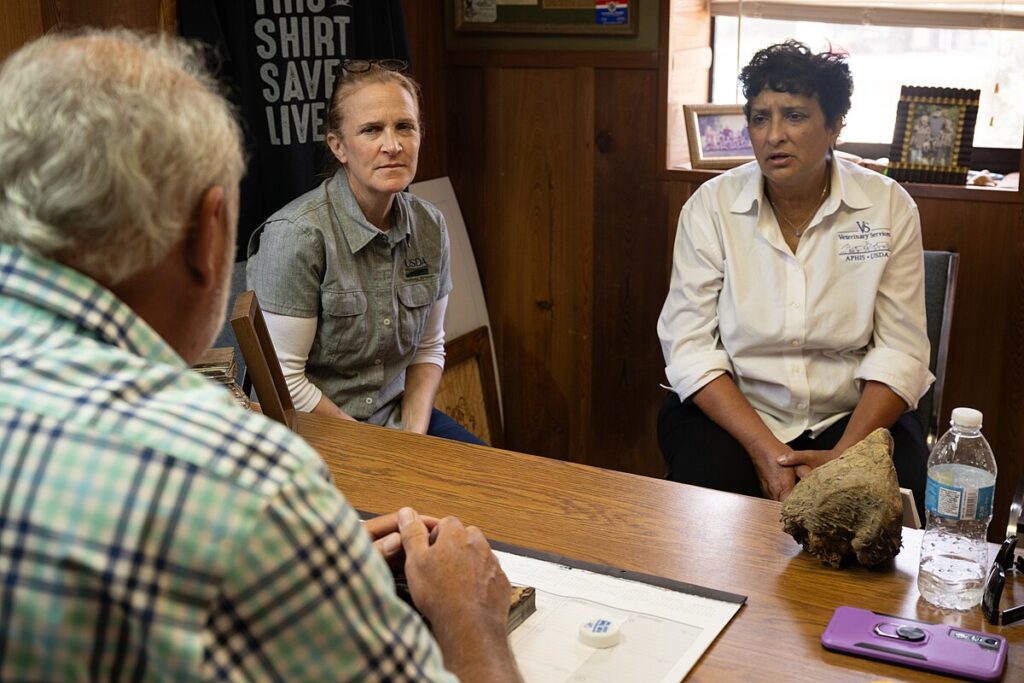
The transboundary nature of many turtle species necessitates robust international cooperation frameworks to ensure their protection throughout their range. The Convention on International Trade in Endangered Species (CITES) regulates the international trade of all sea turtle species and many endangered freshwater turtles, though enforcement challenges remain significant in many regions. Regional agreements like the Inter-American Convention for the Protection and Conservation of Sea Turtles coordinate conservation efforts across multiple countries, addressing threats that no single nation could tackle alone.
The International Union for Conservation of Nature (IUCN) Tortoise and Freshwater Turtle Specialist Group provides critical scientific guidance that informs policy decisions and prioritizes conservation actions based on threat levels. Innovative legal approaches include the recognition of legal personhood for ecologically significant river systems in countries like New Zealand and India, indirectly benefiting the endangered turtle species that inhabit them by creating stronger protections for entire ecosystems.
The Future of Turtle Conservation: Challenges and Hope
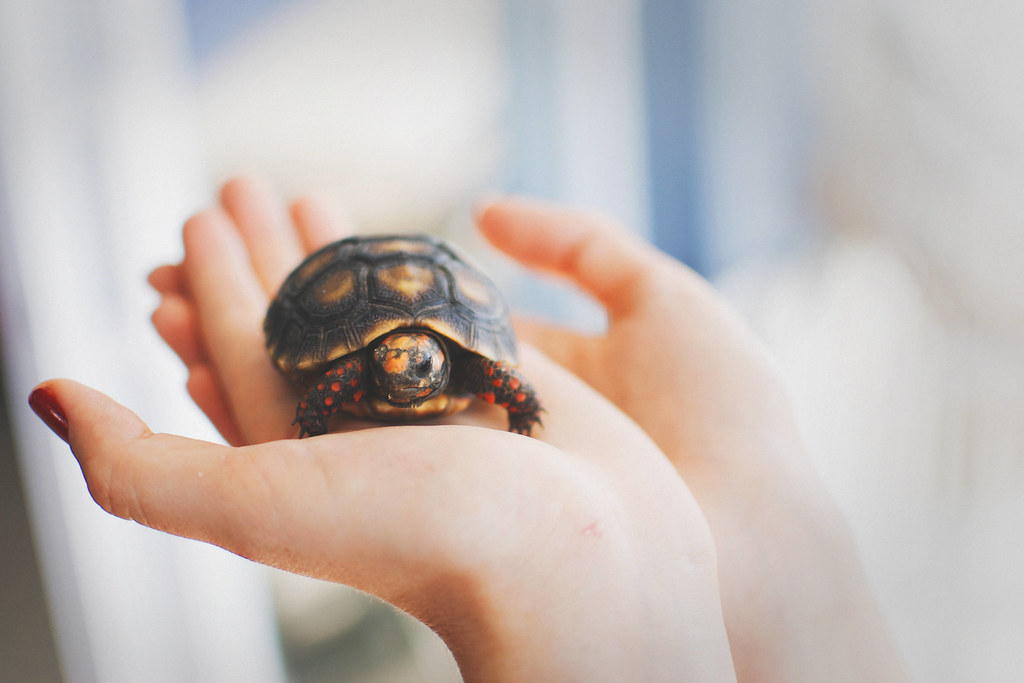
Despite the formidable challenges facing turtle conservation, numerous success stories demonstrate that dedicated efforts can reverse population declines when properly resourced and supported. Climate change represents perhaps the most significant long-term threat, with rising temperatures skewing sex ratios (since many turtle species’ gender is determined by incubation temperature) and sea level rise threatening critical nesting beaches. Plastic pollution continues to kill countless marine turtles annually through ingestion and entanglement, though increased public awareness is driving policy changes to reduce single-use plastics globally.
Innovative head-starting programs that protect eggs and raise hatchlings through their most vulnerable life stages have proven effective for numerous species, dramatically improving survival rates during critical developmental periods. The integration of economic valuation of ecosystem services provided by healthy turtle populations—including tourism revenue, cultural significance, and ecological functions—offers promising pathways for sustainable funding mechanisms to support conservation efforts into the future.
The conservation of endangered turtle species represents one of our generation’s most urgent environmental imperatives. These ancient reptiles, having survived multiple mass extinctions throughout Earth’s history, now depend on human intervention for their continued existence. The diverse approaches highlighted in this article—from high-tech satellite tracking to community-based protection programs, from religious sanctuaries to international legal frameworks—demonstrate the multifaceted nature of effective conservation. While the challenges remain daunting, the dedicated efforts of scientists, local communities, governments, and conservation organizations worldwide provide hope that these remarkable creatures will continue their 200-million-year evolutionary journey long into the future. Each successfully protected nest, each rehabilitated habitat, and each individual turtle saved represents another small victory in the ongoing struggle to preserve the planet’s irreplaceable biodiversity for generations to come.

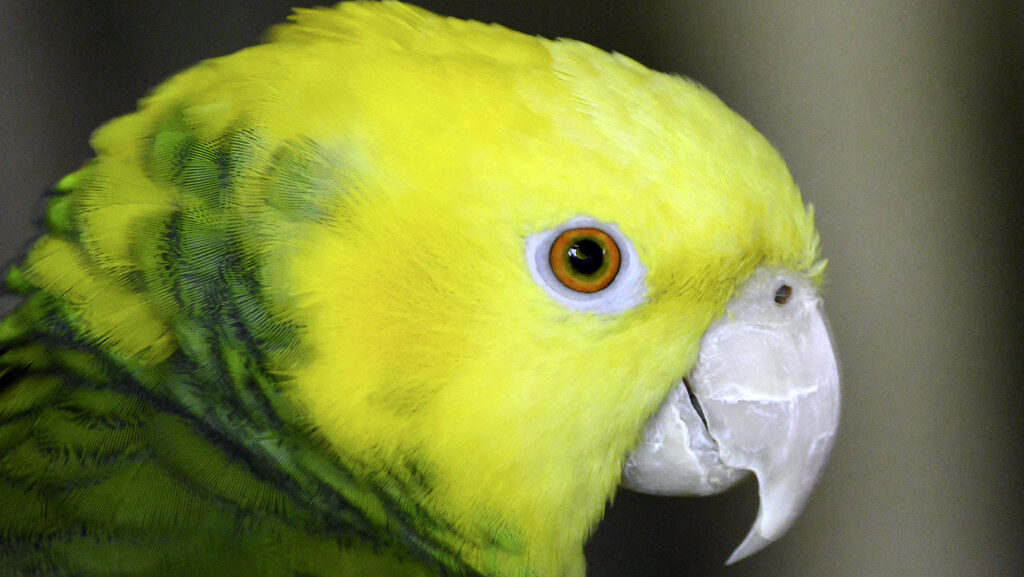
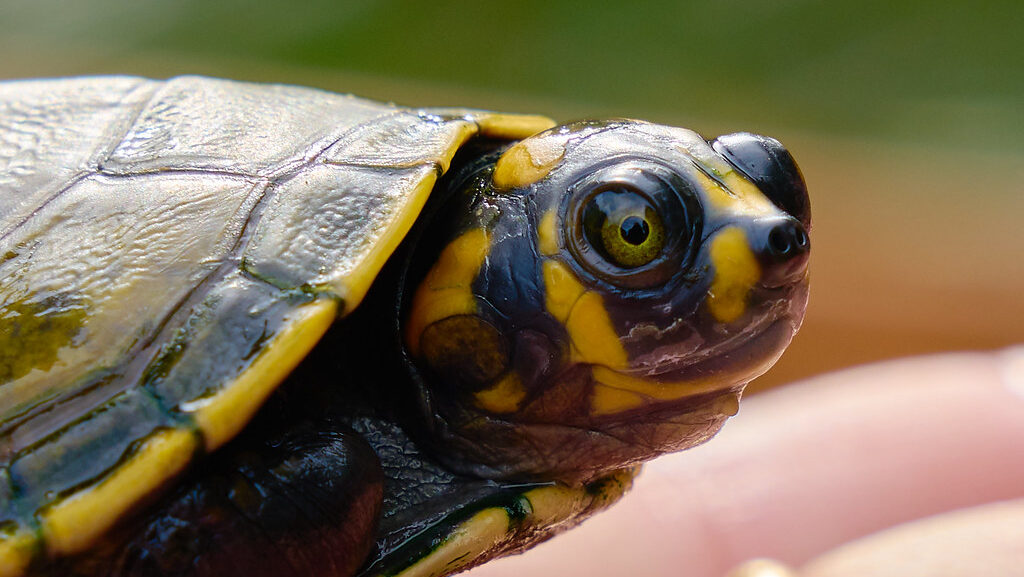
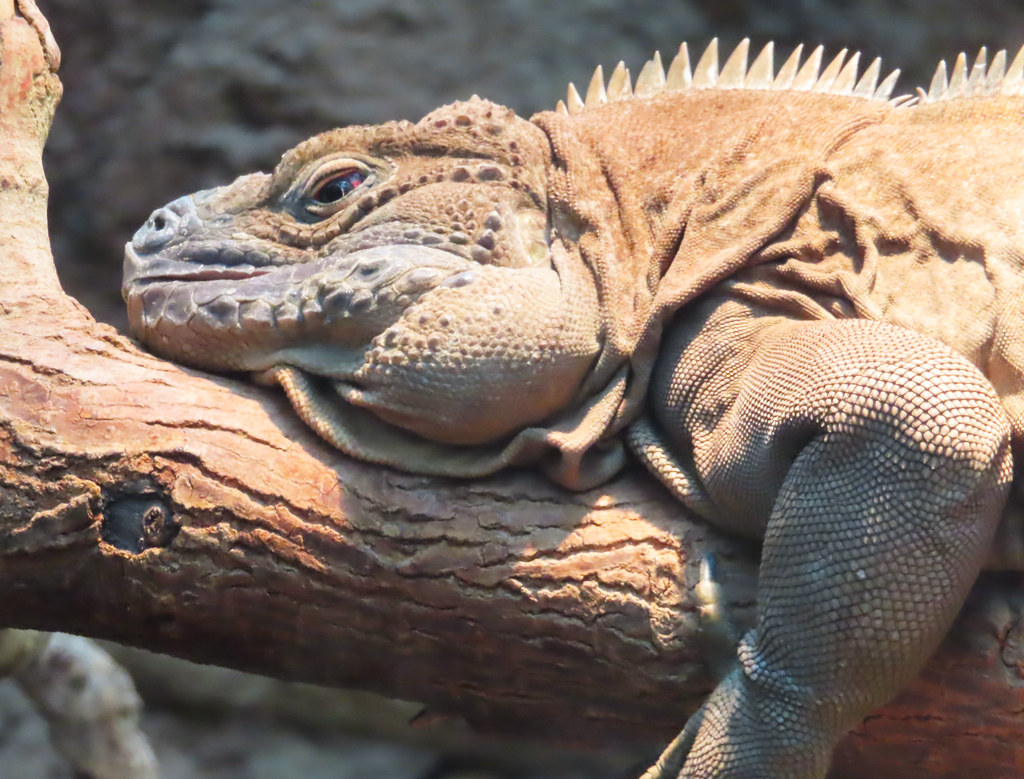
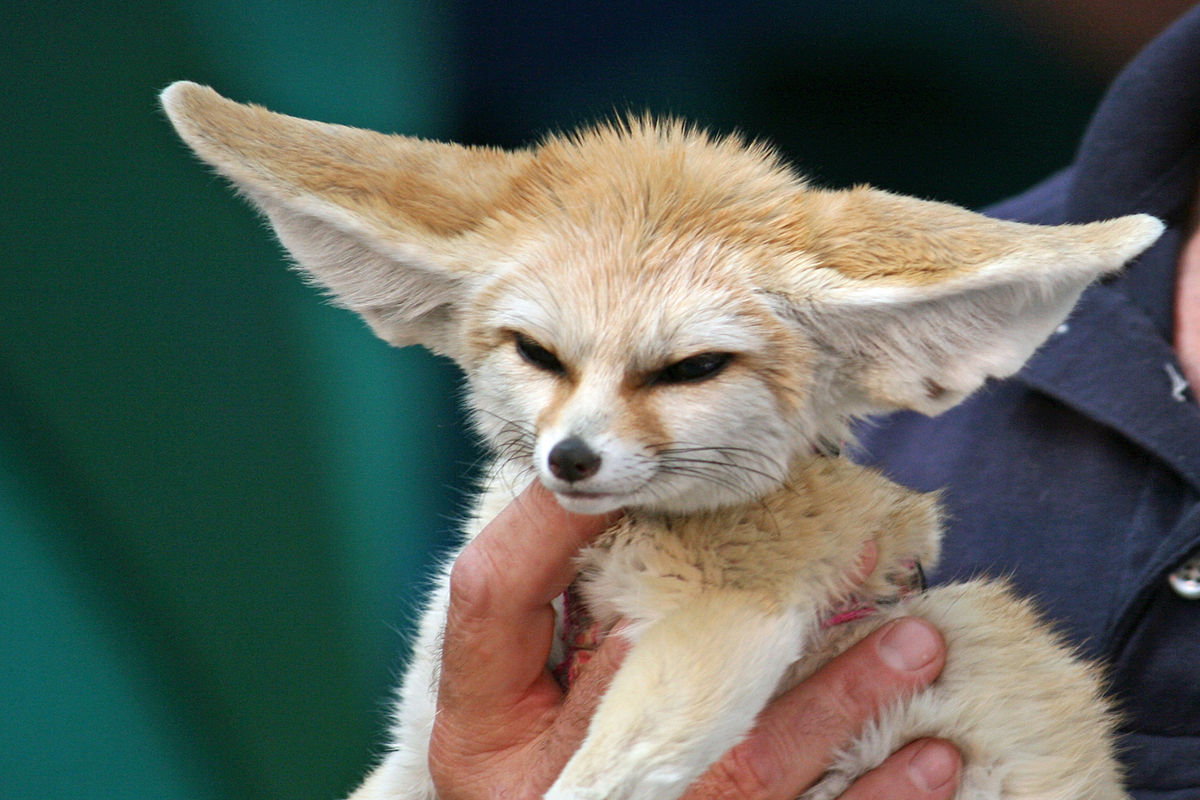
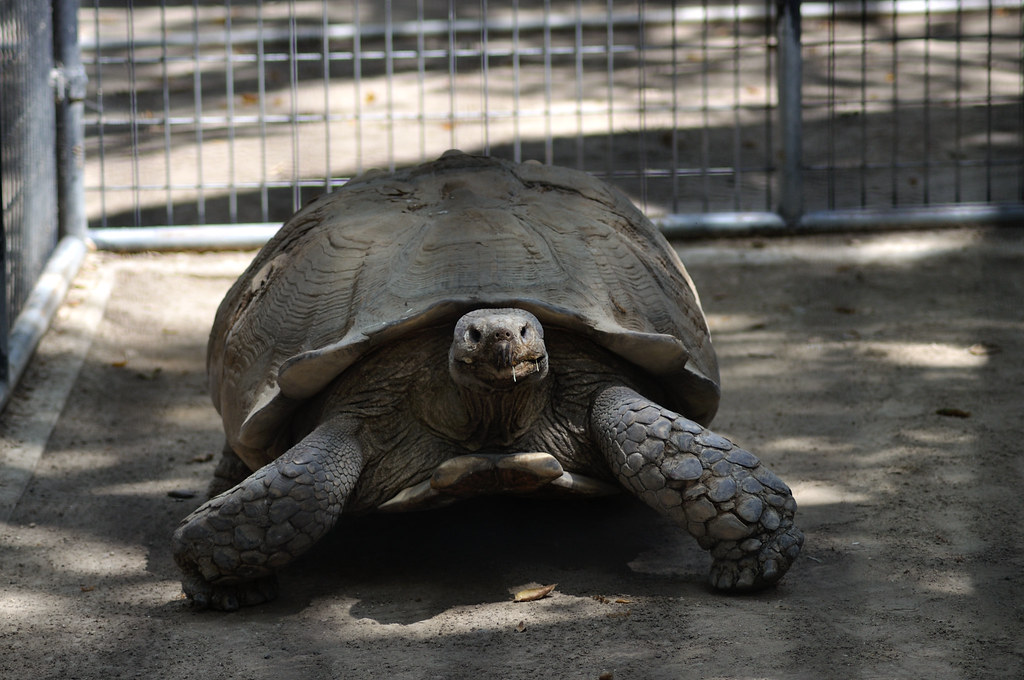
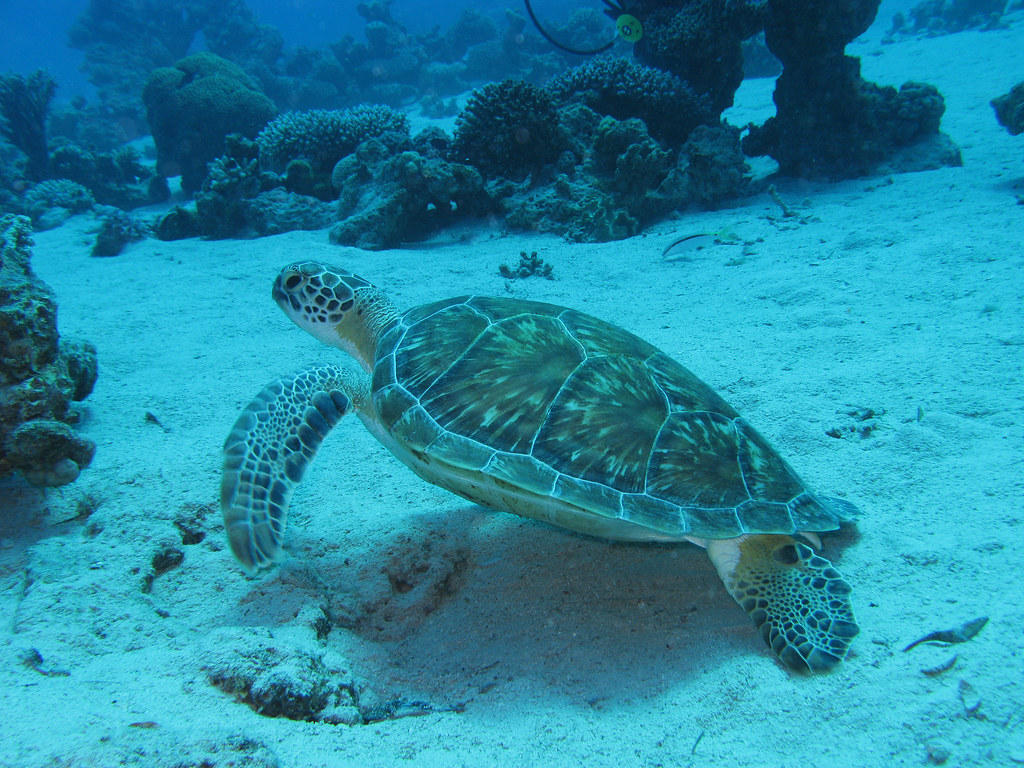
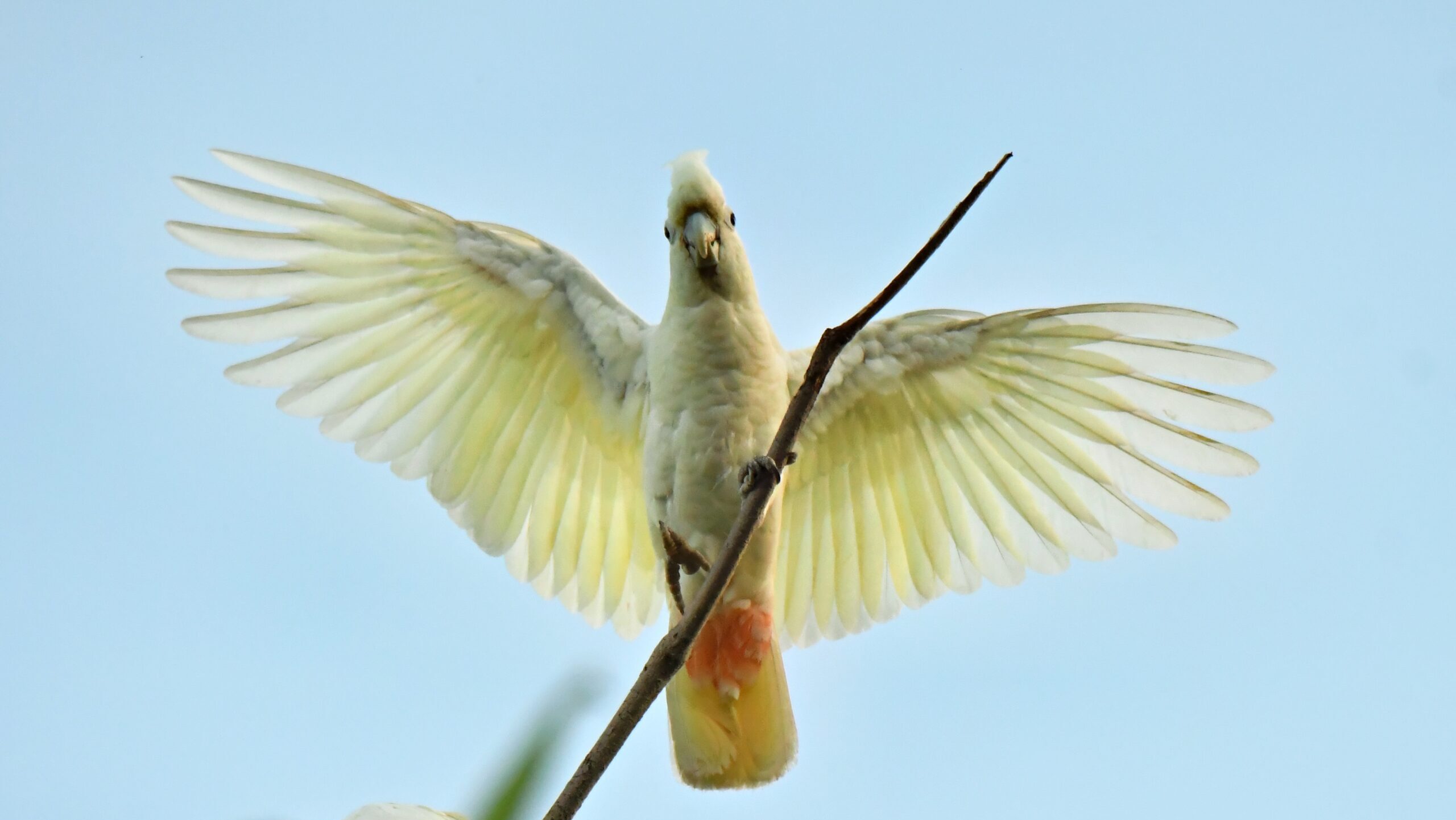

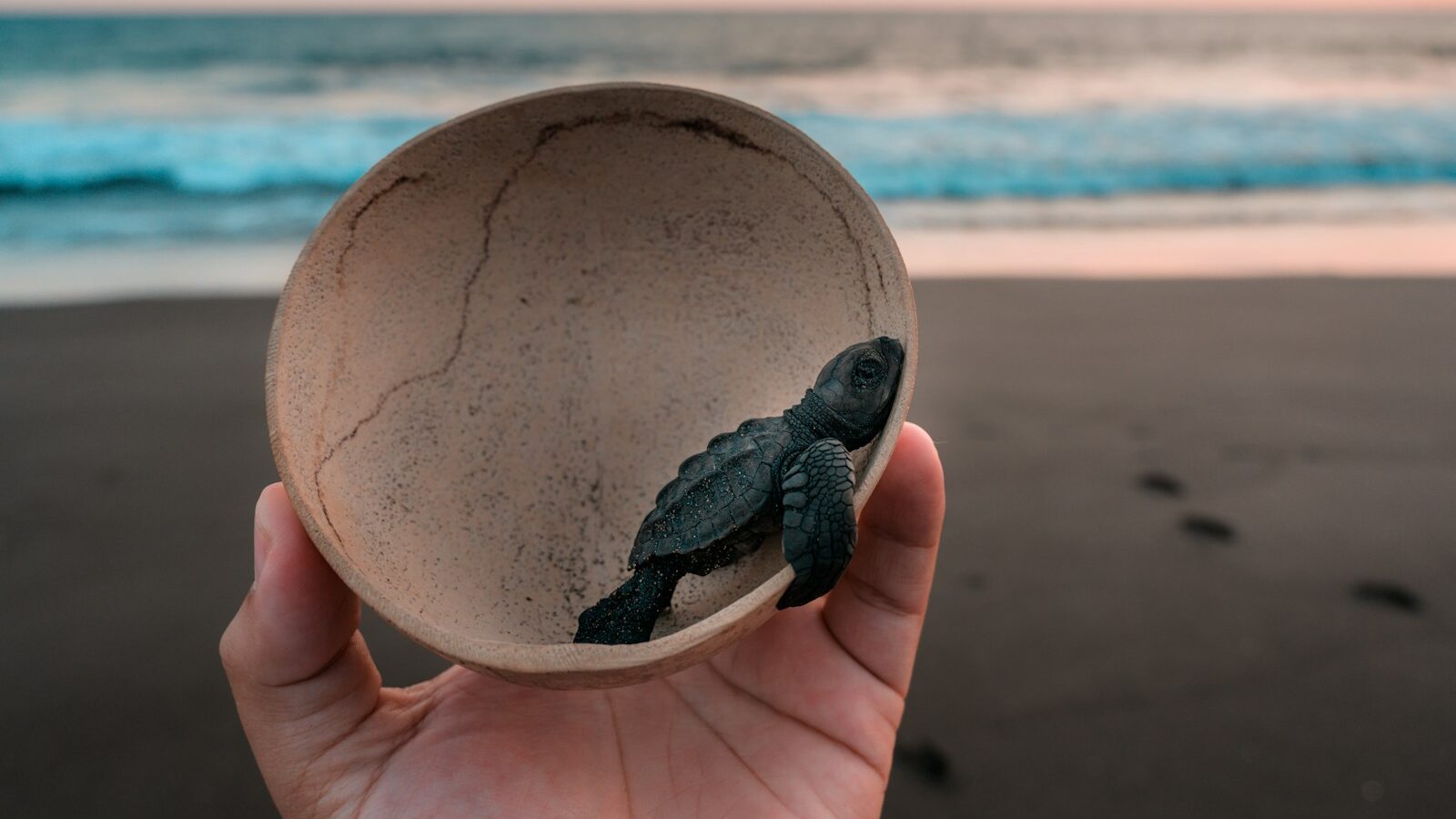
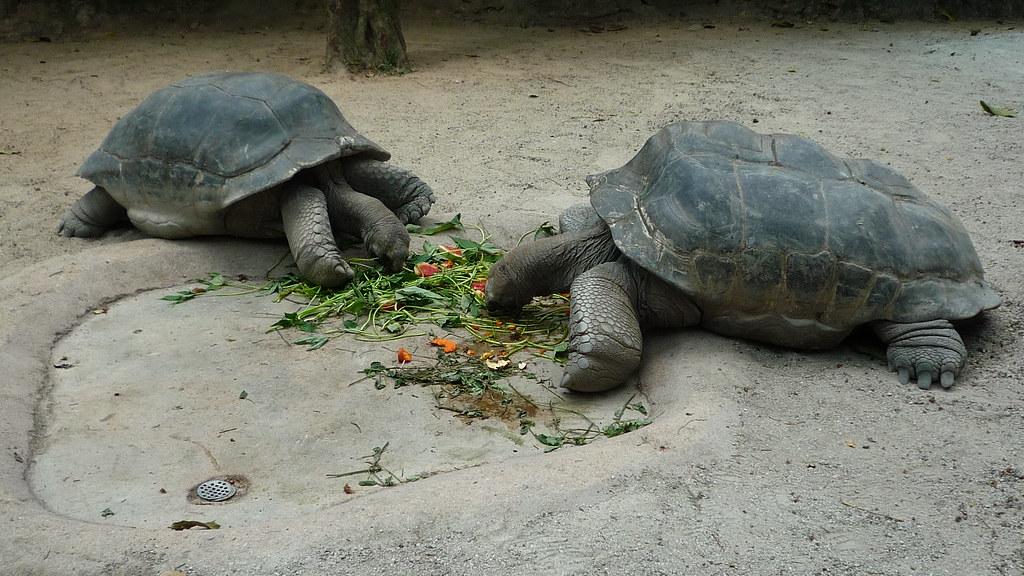




Leave a Reply